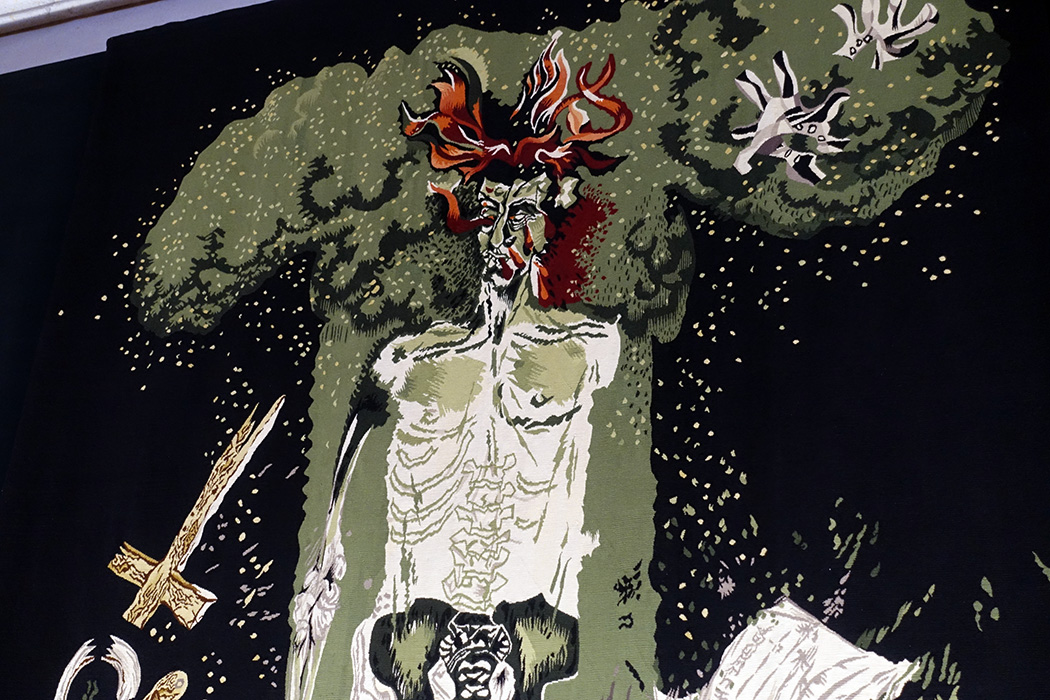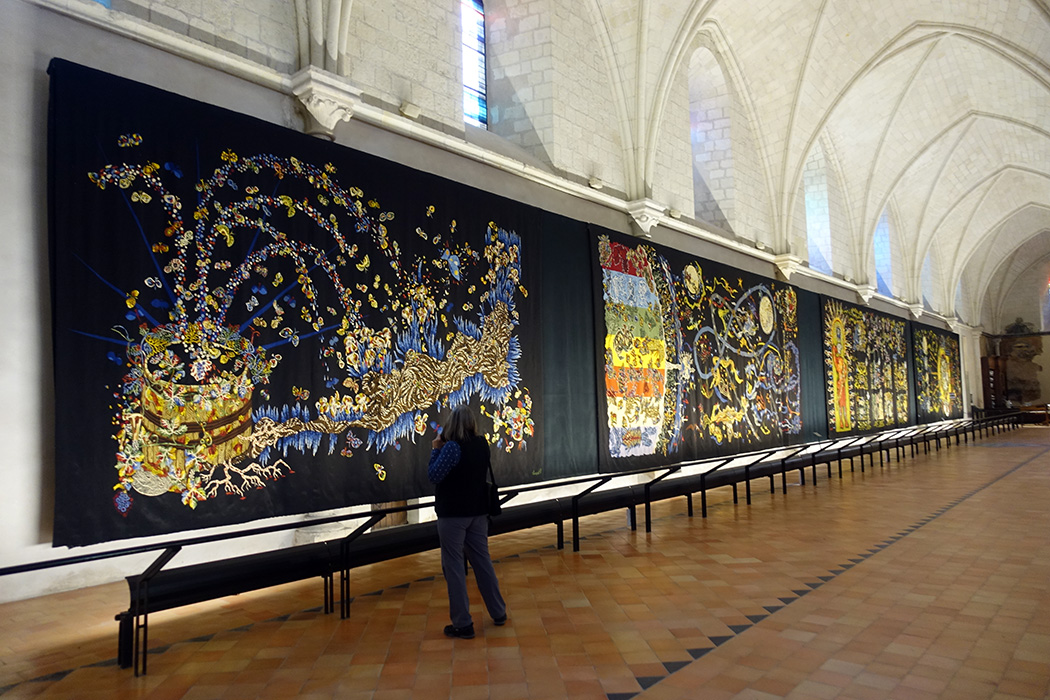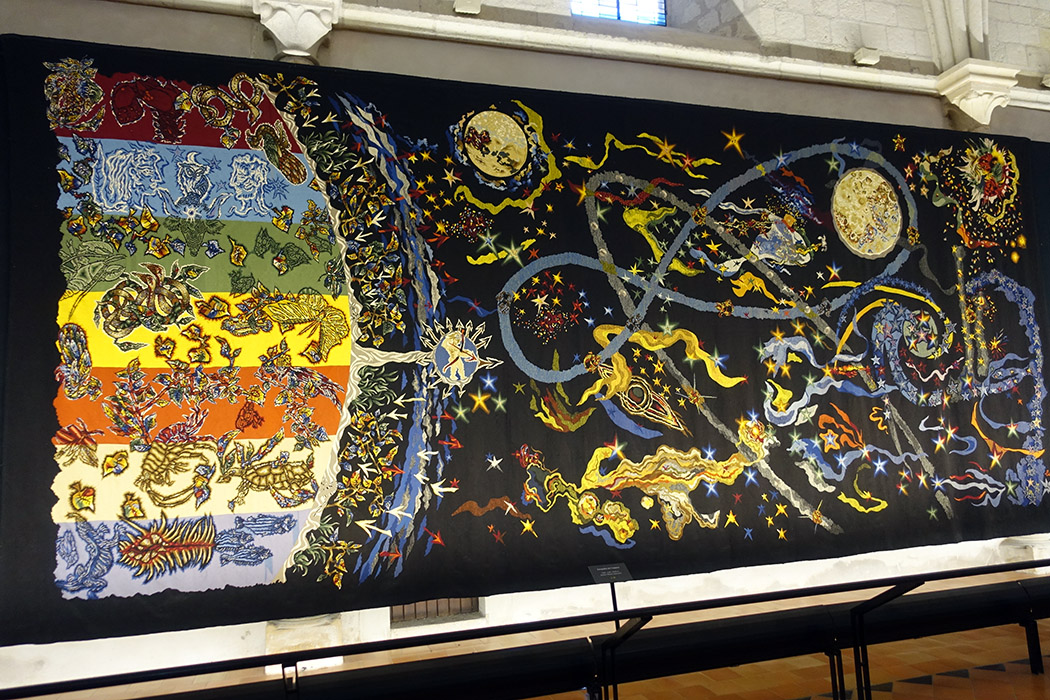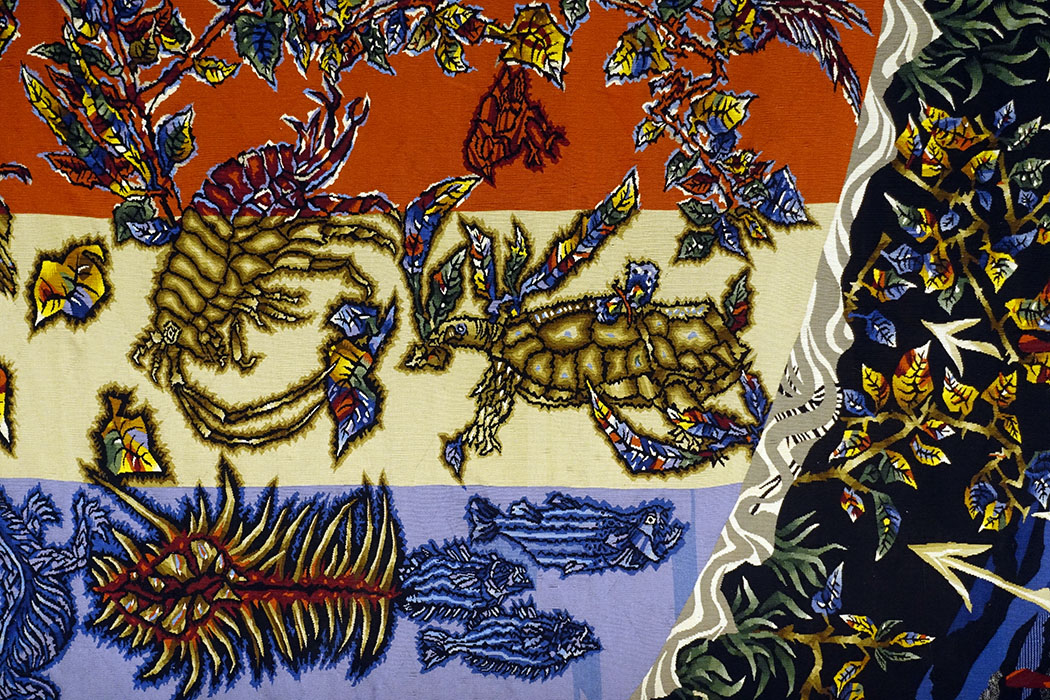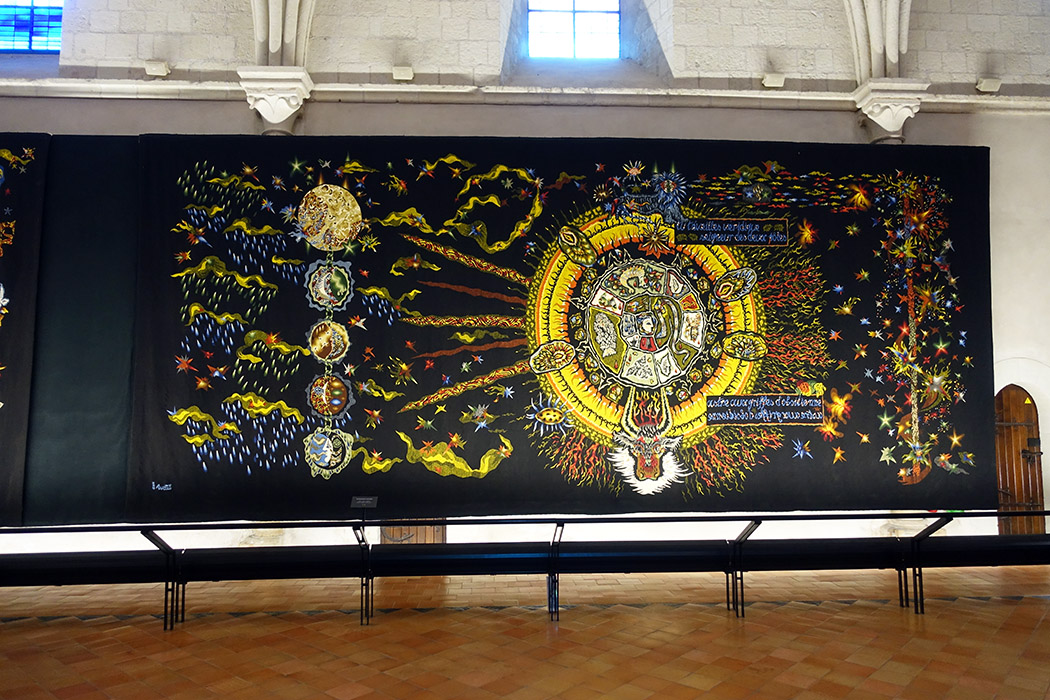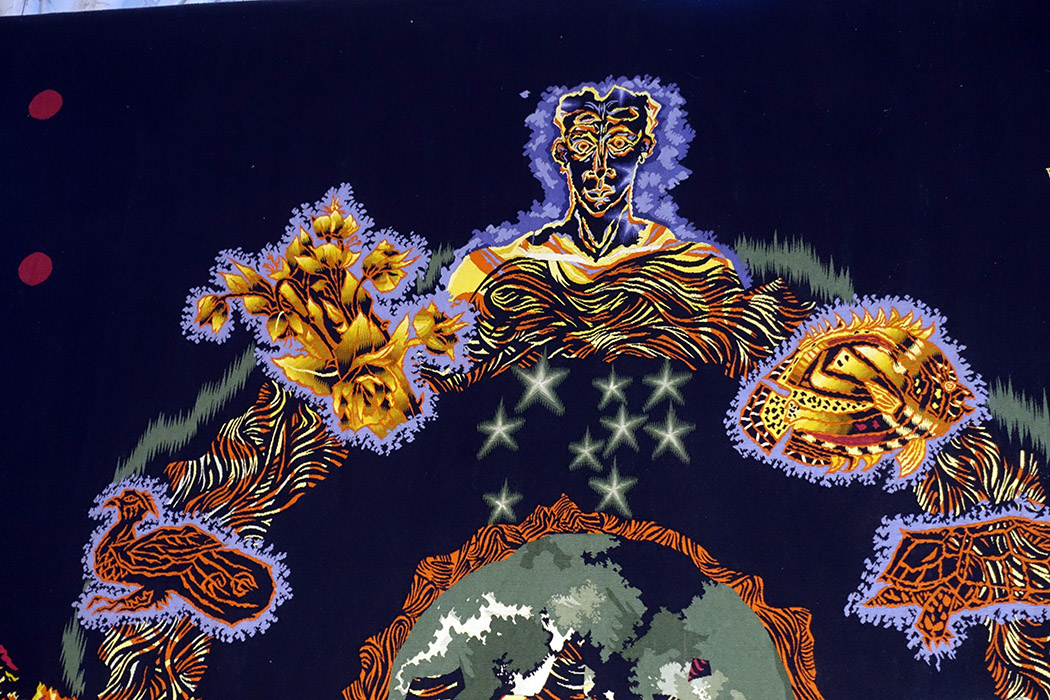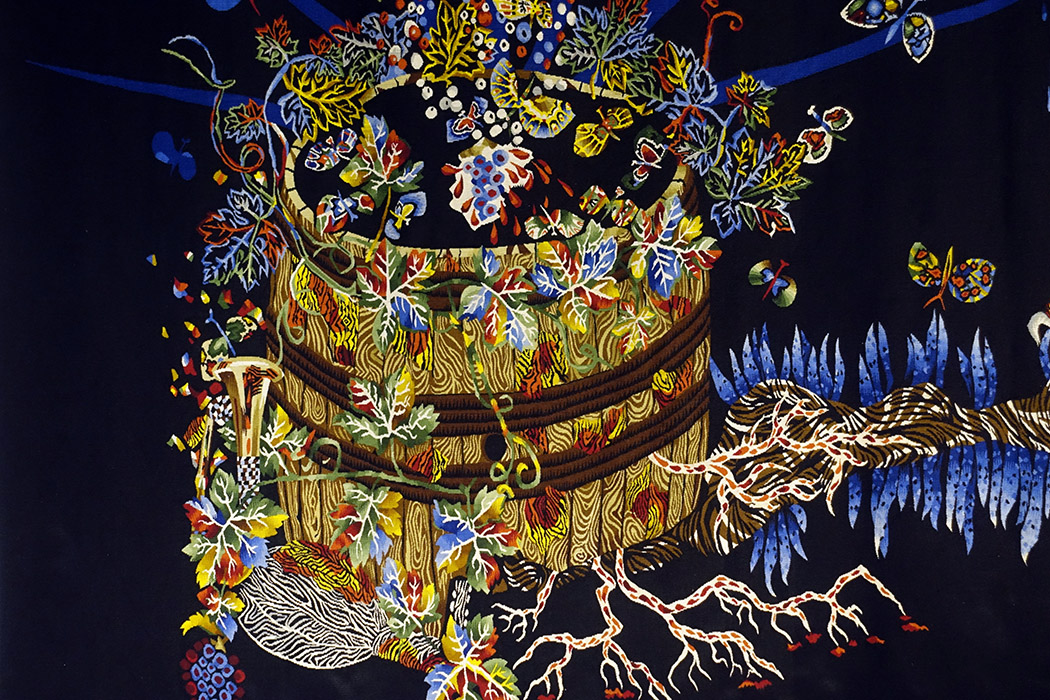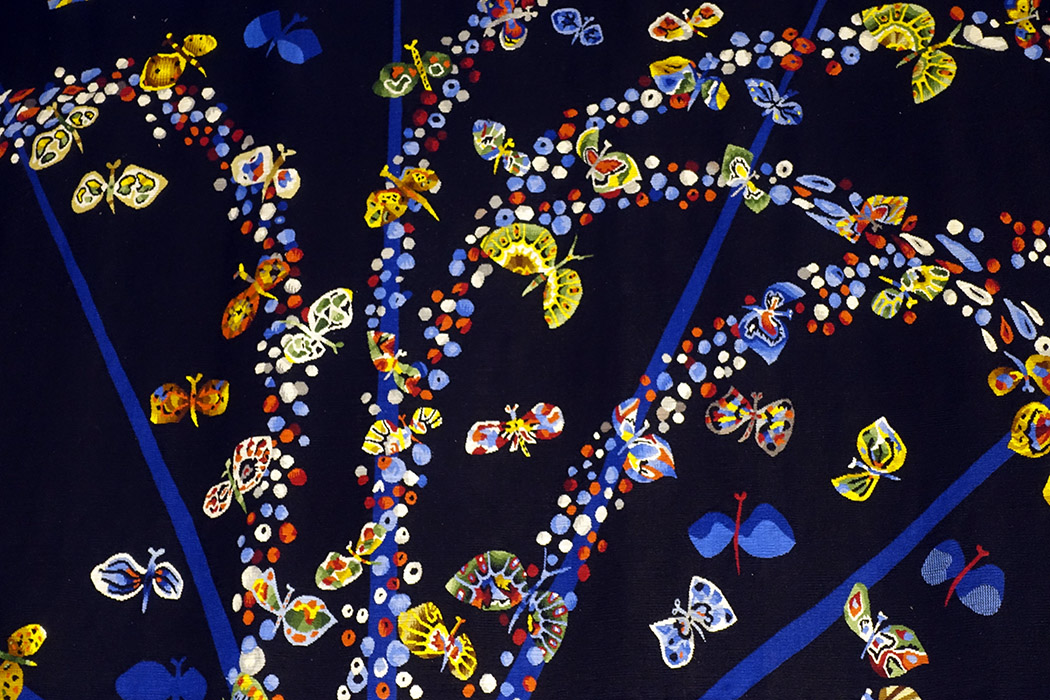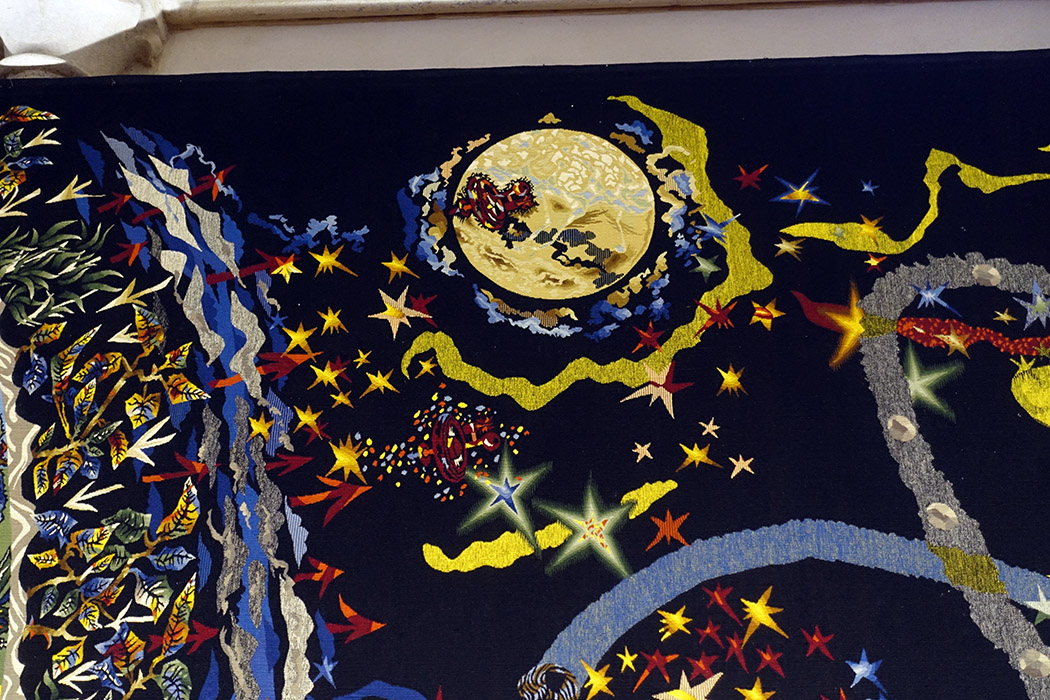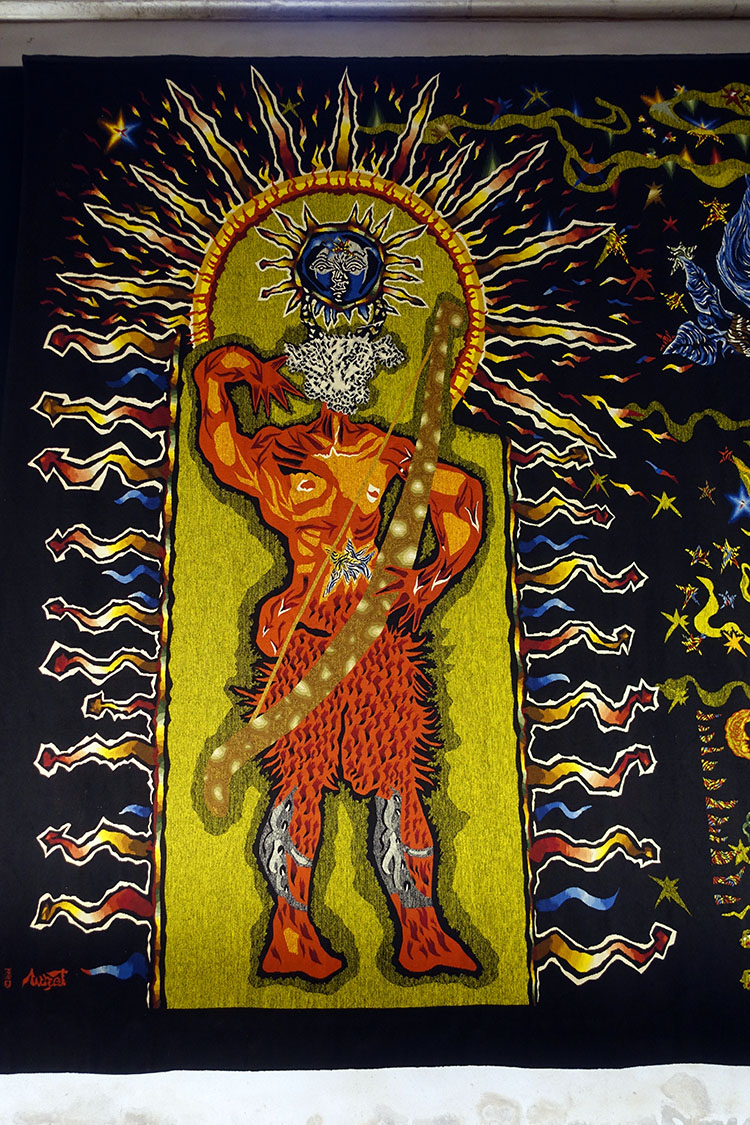France Tapestry Tour, Episode 6: Angers and Lurcat
While in Angers, we also went to the Musée Jean Lurçat. The museum houses his large tapestry cycle, Le Chant du Monde (Song of the World) which was his response to the Apocalypse Tapestry. Though I think anyone having a response to the Apocalypse tapestry is a bit ballsy, seeing these massive tapestries was fantastic.
Below is the 6th episode in my video blog. After that, some more thoughts about the Lurçat tapestries.
The cycle has 10 huge tapestries. Jean Lurçat lived from 1892 to 1966. The weaving began in 1957 in Aubusson and it took about 10 years to weave in three different workshops, being finished a few months after Lurçat died. In 1967 the city of Angers acquired the tapestries from Lurçat’s wife and they have been shown in this room in the Hopital Saint-Jean ever since.
Lurçat was a painter. He started working in tapestry in the 1930s (that is, he designed for tapestry, he did not weave them himself).
“When he saw the Apocalypse in 1937, it was indeed a revelation from both aesthetic and technical points of view. He was impressed by the visual legibility of the work, the way it used only a limited number of colors and gros point technique.
He became convinced that tapestry-making would recover its creative input by going back to medieval methods, casting aside all constraints that sought to impose painting as a model, a theory developed in the 18th century.”
Jean Lurçat’s Le Chant du Monde in Angers, France
The subject of the tapestries begins with the atomic bomb. Lurçat lived through both world wars and was designing these pieces during the Cold War.
“I started with the atomic bomb because the danger forms the basis of everything; it is from it that our world is organized and becomes clear.”
The tapestry subjects move through the atomic bomb, Hiroshima, Nagasaki, a charnal house and in the fourth piece, a great black expanse where everything has disappeared called La fin de tout. From there things become less horrifying. My favorite of the tapestries was Champagne which was beautiful.
Jean Lurçat, Le Chant du Monde, Champagne, 1959, 4.40 x 7.02 m, Atelier Tabard, Aubusson
The next tapestry is about Sputnik and the rest of the cycle seems to focus on astrological subjects.
“The first title of this “Chant du Monde” was “La Joie de Vivre” (The joy of living). It has not taken me long to be convinced that life for one who tries to live correctly is sweet and salted, mild and bitter, convulsive and serene.”
The piece is fascinating to study. In the gallery below are some details from Le Chant du Monde.

